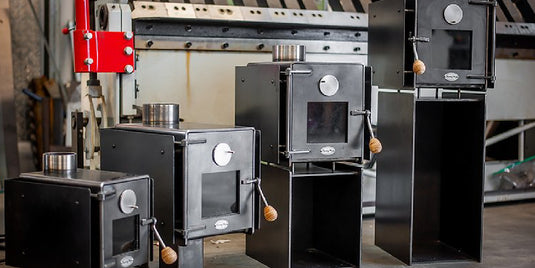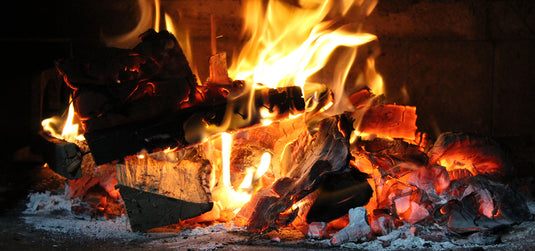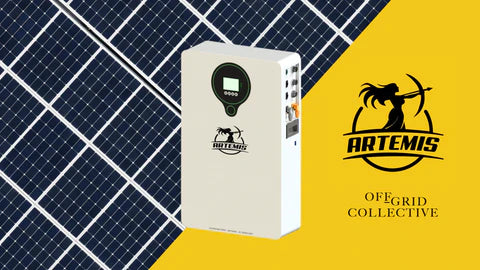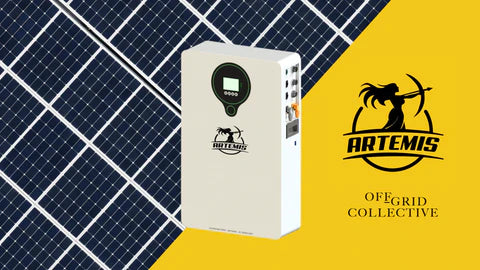Winter across Aotearoa often arrives suddenly and can leave us unprepared for the colder months. Living off the grid can leave you more vulnerable to the cold weather without access to the modern comforts of heat pumps and electric heaters - appliances that would require a MASSIVE amount of solar power to run. Running a wood burner is an excellent way to keep your home cosy over Winter but can come at a significant cost. We've put together a few alternative ways to keep warm this chilly season!

Warm Clothes and Blankets
The most basic way of keeping warm is to wrap yourself in several layers of warm clothes. While it may not be all that comfortable to eat dinner at the table with a winter coat and hat on, it’s really not a problem. We’re just so used to the idea of having a warm home, that we expect our home to keep us warm, rather than utilizing our body heat. If you’re going to be sitting on the couch, watching TV, what’s wrong with covering yourself with a blanket? We all do that at night to keep warm, so there really shouldn’t be a problem doing so during the day. Just about the same could be said about wearing a beanie… which is the fastest way to warm yourself up.
Propane Burners
One of the safest heaters any of us can use in the home is a propane one. If you buy a propane heater, make sure that it’s rated for indoor use, not outdoor use. There is a difference in how they are made and the outdoor ones are not safe for the home.
Diesel Heaters
Diesel heaters are air heaters. A heat exchanger coil is heated inside of a combustion chamber. The heater draws in cool air, passes it over the heated coil and expels warm air into your home. Diesel is cheap, readily available and because they’re so efficient, the running costs of a diesel heater are insignificant.
See our range of Diesel Heaters here.
Soapstone
In olden times people heated soapstones in the coals of the fire, to have portable heat. That could then be carried in a cloth carrier for providing heat in their wagon or set under the family pew in church. With their laps covered by a blanket, the radiated heat would help keep them warm.
Soapstone was used because… of all types of stone available for this purpose… soapstone and marble have the best thermal conductivity. Therefore, they absorb heat well, holding more than some other types of stone might. Then, when it’s time to use that heat, they radiate it out well. Metals, on the other hand, may absorb heat well, but they radiate transferred heat out too fast to be used as an effective heater.
The idea here would be to use the BBQ outside to heat up the stone, then bring it indoors to take advantage of that heat. At the same time, the stone could be replaced with another, so the cycle could continue. But what if you don’t have a soapstone? Then use some other rock. While soapstone and marble are the best possible choices, other types of stone will work too; they just won’t work as well. That’s okay; whatever heat they produce is more than you have without the stone.

Terra Cotta Pot Heater
Finally, people have been using terra cotta flowerpots as a makeshift heater. The pot is placed upside-down over a can of the fuel that is used for chafing dishes. That’s safe to use indoors, because they don’t produce that much carbon monoxide.
The flowerpot is an essential part of this, because it keeps the heat from just rising to the ceiling. Rather, the heat warms the pot which then radiates the heat outwards, where it will do some good. The trick here is that the pot needs to be propped up in a way so that air can come in under the rim and then exist out the hole in the bottom (or top, since it’s upside down), of the pot.
 is here! Shop now, pay later in 4 easy installments
is here! Shop now, pay later in 4 easy installments







